The Lockheed C130 Hercules transport aircraft first entered service with the Royal Air Force way back in 1966. Since then, this workhorse has clocked up millions of airmiles and has been a stalwart of the RAF transport fleet.Like most aircraft of it’s type the Hercules fuselage is pressurised in flight to provide comfort and safety for crew and passengers. Unfortunately, like most pressured aircraft, it develops leaks, allowing pressurised air to escape into the atmosphere. This problem is exacerbated by the large cargo doors situated at the rear of the aircraft.The normal practice is to keep pressurising air inside the cockpit and fuselage until eventually the pressure pumps cannot keep up with the leaks. When this occurs, the aircraft is grounded and sent off to have the leaks patched.Prior to 2000 the technique for locating leaks was almost the same as finding a hole in a bicycle inner tube, only without the bucket of water. The aircraft would be parked up outside the maintenance hangar at RAF Lyneham and external panels removed to reveal the inner skin. The pressurisation system is run up to increase internal pressure within the aircraft. Members of the maintenance crew then walk slowly around the aircraft listening for hissing noises, and when the leaks causing the hissing are located, they are marked with a wax crayon.One by one the leaks are patched until eventually the pressurisation of the aircraft reaches an acceptable level. This farcical process could take several days. A slight improvement was made in 2000 when a FLIR (Forward Looking Infra-Red) camera was purchased. This was able to pick out slight increases of temperature where leaks occurred. Unfortunately, it also picked out internal lights and reflected heat from the sun.At the beginning of 2001 a member of the Lyneham Ground Crew read about a security fogging system that was being used with great effect to defeat intrusive criminals. He wondered if the fog created by Smoke Screen could be used to identify the elusive leaks. A call was made to the Maidenhead factory and within a few weeks a suitable Smoke Screen generator had been heavily modified and redesignated as an Aircraft Leak Testing System (ALTS). Several weeks later arrangements were made for the prototype ALTS to be field trialled at RAF Lyneham. Your author and Trevor Dunnington conducted the trial. To say it was a success would be a massive understatement. The unserviceable aircraft was pressurised, the fog released and immediately the sources of multiple leaks were identified. The modified Smoke Screen had taken less than an hour to complete a process that, in the past, could take days. The RAF were delighted and, after a long period of testing and classification went on to purchase two machines. OK, so this wasn’t exactly a massive commercial success as far as Smoke Screen was concerned. However, we drew satisfaction from the fact that a pair of Smoke Screen machines would make the work of Airforce technicians easier, and the lives of flight crews and passengers that little bit safer.
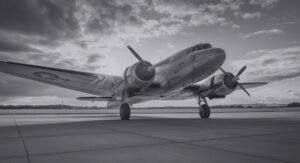
Security fog kept RAF carrier aircraft flying
7th Nov, 2024

Scott Ballard
Related Content

4 min
Meet the managing director
07th November 2024
Scott Ballard
Just how many languages can one security fogging MD speak? Find out within!

3 min
Childhood trauma linked to increased young offender rates in new study
07th November 2024
Scott Ballard
Researchers, including a current Met Police DCI, suggest embracing a 'public health' model of policing.

3 min
Our ground-breaking partnership with Criminologists at UoL
07th November 2024
Jack Cunnington
In a first of its kind initiative, Concept Smoke Screen is partnering with criminologists from the University of Lincoln to assess the impact of their systems on retail loss prevention and on crime in surrounding communities.


2 min
Can sports participation reduce crime?
07th November 2024
Jack Cunnington
New research suggests sports programs, particularly those for prisoners, are pretty effective.
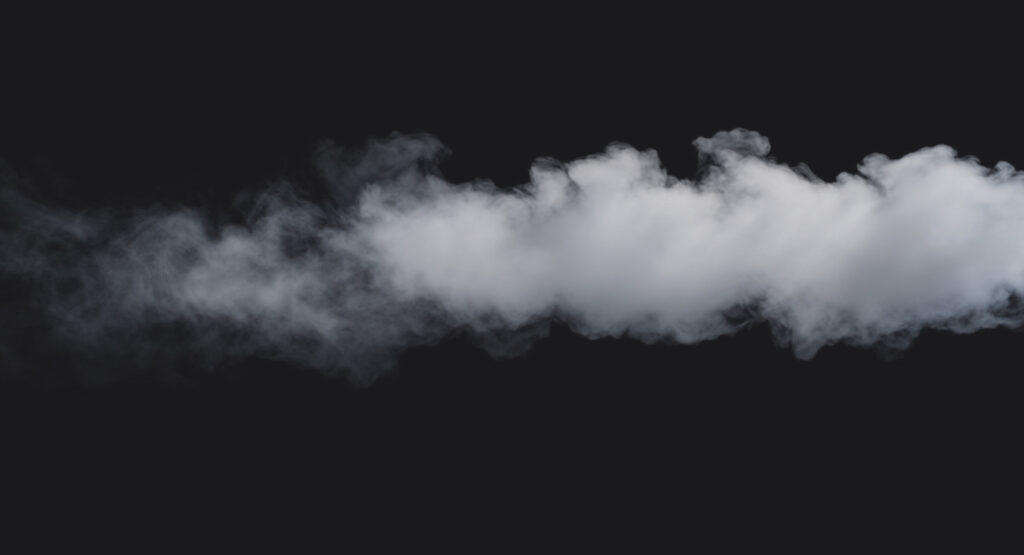
3 min
The Science of Security Fog E01: Why is security fog white?
07th November 2024
Matt Gilmartin
In the first of our new series - The Science of Security Fog - we answer this commonly asked question.

2 min
Do media campaigns to reduce knife crime work?
07th November 2024
Scott Ballard
Researchers examine the effectiveness of 'fear-based' anti-knife crime campaigns.

1 min
Matt Gilmartin talks Connected on Security Matters podcast
07th November 2024
Jack Cunnington
It's live! The conversation between Concept Smoke Screen’s Matt Gilmartin and Security Matters magazine editor Brian Sims that we previewed here has dropped – that’s the official lingo – and it’s introduced in textual form by Brian here.
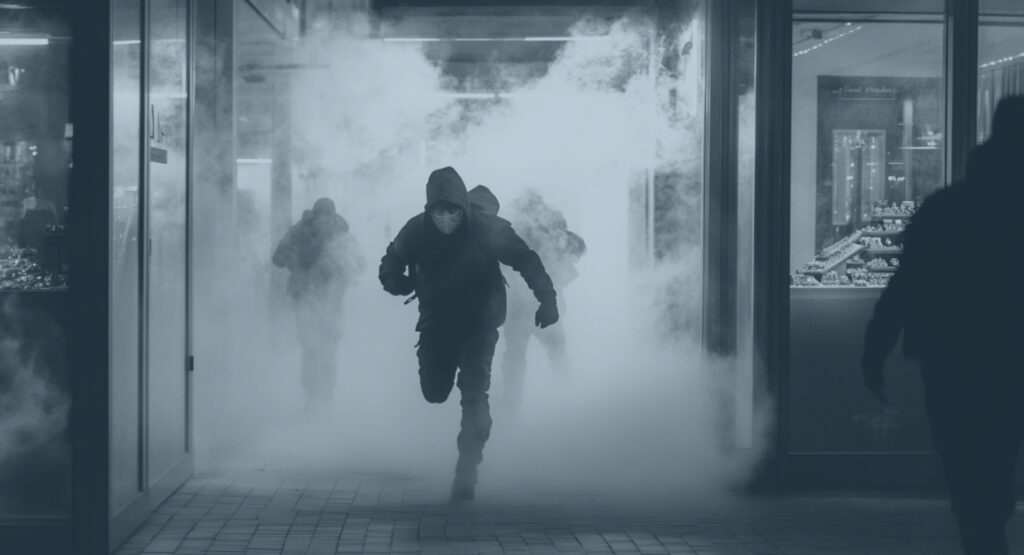
1 min
Smoke Screen Defeats Armed Robbery in South Africa
07th November 2024
Jack Cunnington
A group of armed thieves got more than they bargained for when they attempted to hold up a jewellers in a shopping centre in South Africa.
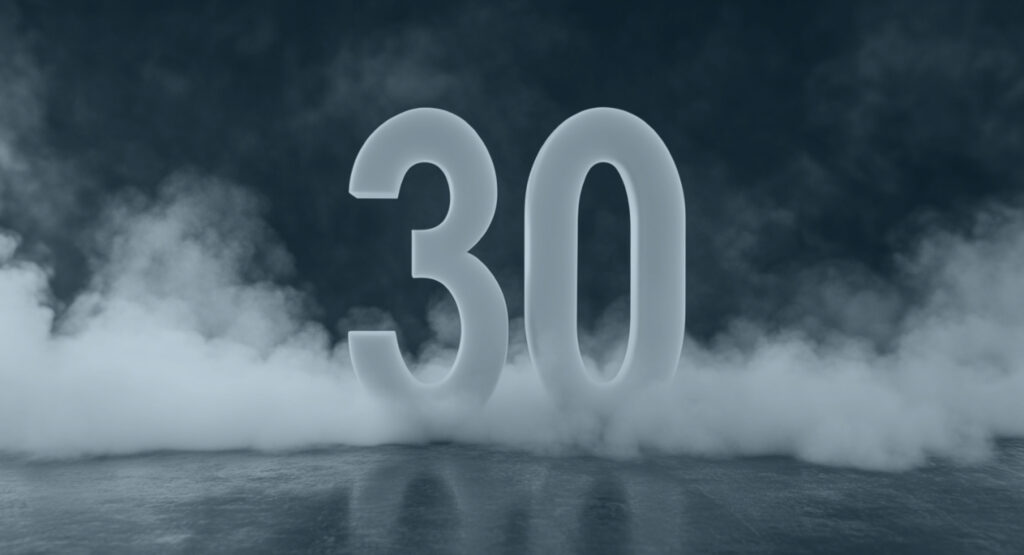
3 min
30 Years of Smoke Screen
07th November 2024
Matt Gilmartin
Company co-founder Carl Gibbard looks back to the beginnings of Smoke Screen in the long-ago days of the early 1990s...

3 min
CSS Enhancing Public Safety with FLIR
07th November 2024
Scott Ballard
Smoke Screen team up with FLIR to deliver a security solution with a focus on crime prevention and public welfare.
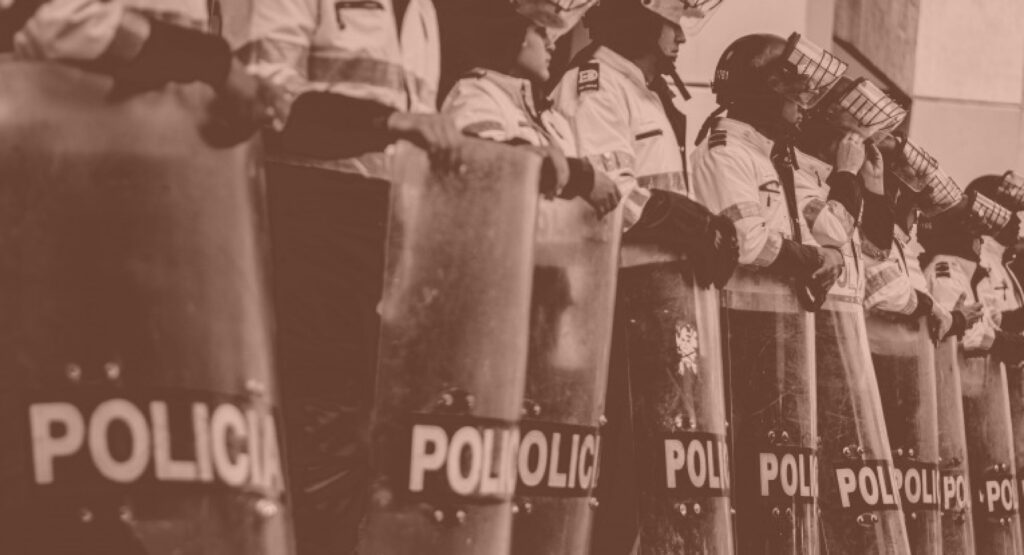
3 min
Carl Asks: Are PCCs good value for money?
07th November 2024
Jack Cunnington
Our very own former crime fighter Carl Gibbard casts an eye over the work of Police and Crime Commissioners, and wonders if they are offering good value for money.
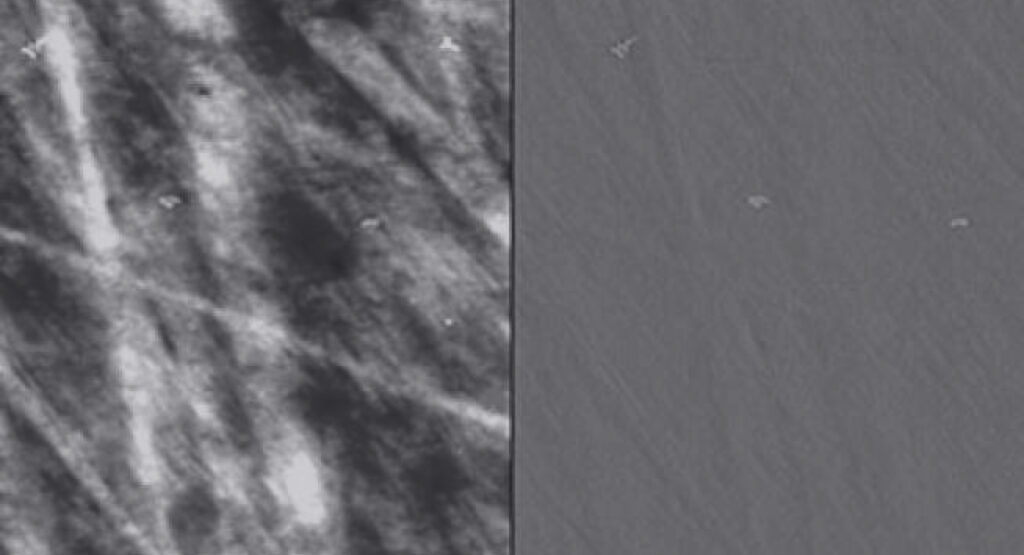
2 min
No residue - independently tested
07th November 2024
Scott Ballard
Tested and confirmed by the Atomic Energy Authority and independently AFM-tested by Molecular Profile Services.

3 min
It's Time For The Private Security Industry To Evolve
07th November 2024
Scott Ballard
If the security business wants to remain relevant and vital in the 21st century, the industry has two key issues it needs to tackle head on. The time for change is here. Let's talk about how that change can be achieved.

3 min
Why the m3 per minute rating is practically worthless
07th November 2024
Matt Gilmartin
You want to know how effective Company A's fog generator is compared to Company B's, and this will largely inform your final decision when it comes to choosing the systems and brands that protect your property and livelihood. Unfortunately, it's just not that simple.
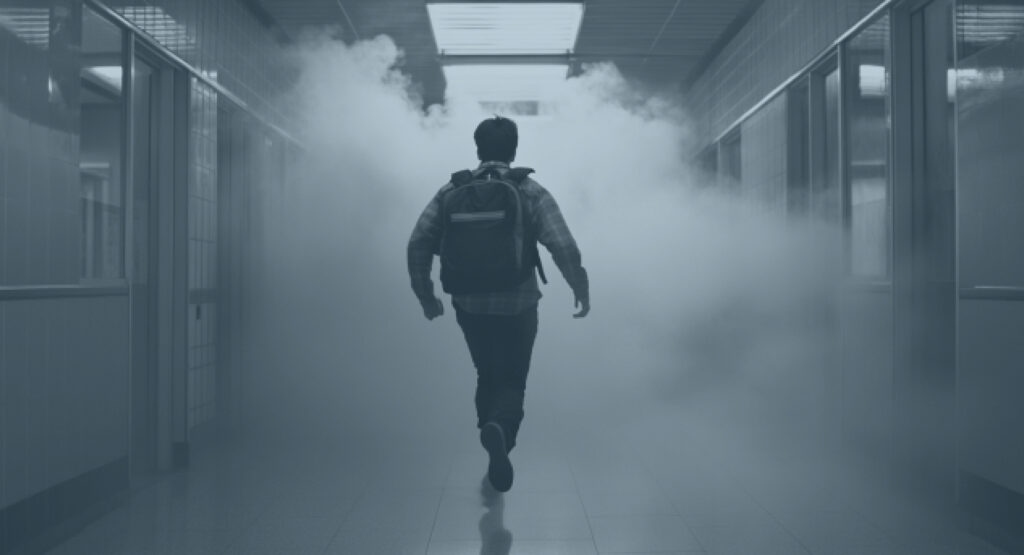
3 min
Smoke Screen to safeguard against school shootings
07th November 2024
Jack Cunnington
A spate of mass shootings in schools and colleges last year in the US has left open wounds in many lives. We believe we have a solution.
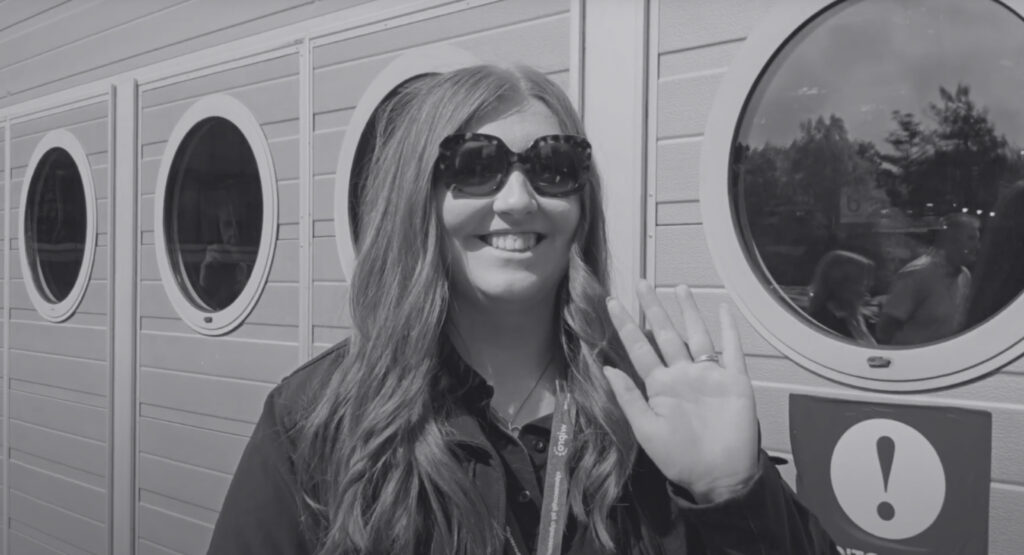
2 min
Meet the Sales and Service Administrator
07th November 2024
Scott Ballard
Who is Sophie? And what does she do at Smoke Screen?
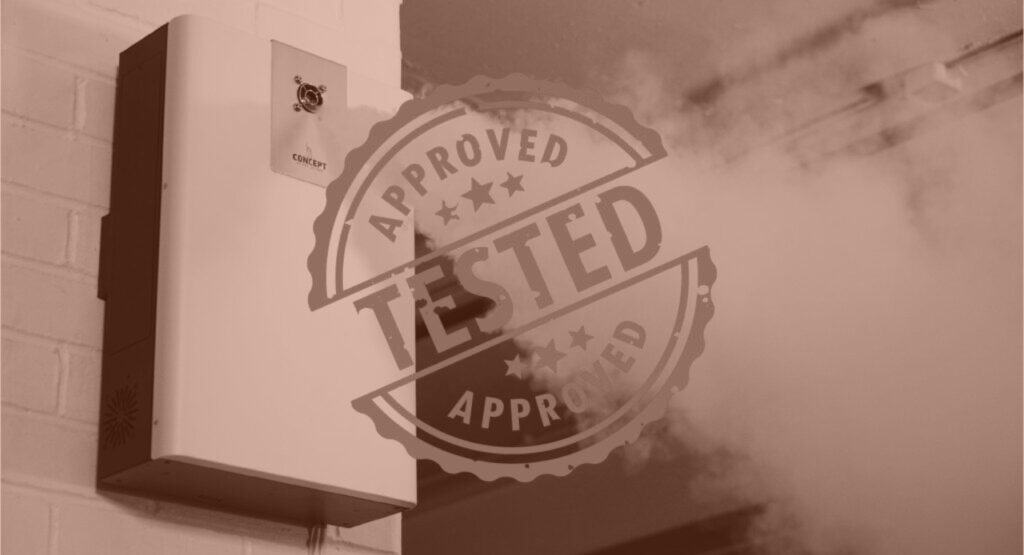
3 min
A quick guide to security fog standards
07th November 2024
Jack Cunnington
Safety and performance standards are top priority in the security fog industry.